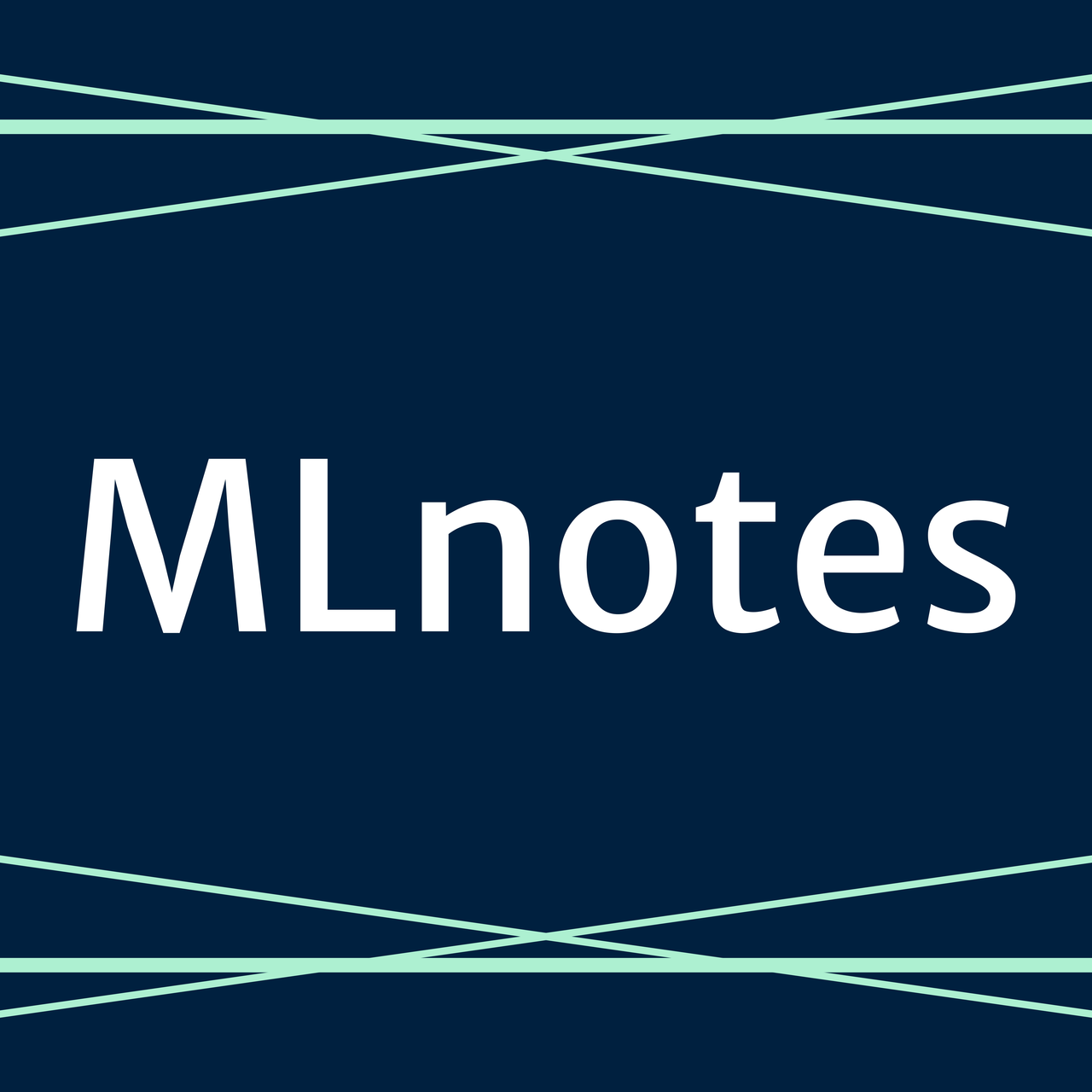Introducing Image Search: The Power of Visual Discovery
In today's digital age, finding the right image has become an essential part of our online experience. Whether you're looking for the perfect stock photo for your project, searching for a product on an e-commerce site, or trying to identify an object in a picture, image search capabilities have revolutionized how we interact with visual content. This post will introduce you to the world of image search, exploring its various types, applications, and the cutting-edge technologies powering these systems.
What is Image Search?
At its core, image search refers to the process of retrieving relevant images based on a given query. This query can take different forms, leading to three main categories of image search:
Text-to-image search
Image-to-image search
(Text + image)-to-image search
Let's dive into each of these types to understand their unique characteristics and applications.
1. Text-to-Image Search: Finding Visuals with Words
Text-to-image search is the most common and widely used form of image search. It involves entering keywords or phrases to find relevant images. This is what most of us use when we search for images on Google or stock photo websites.
How It Works
Text-to-image search relies on sophisticated AI models that can understand the relationship between text and images. Some popular models used for this purpose include:
CLIP (Contrastive Language-Image Pre-training) by OpenAI
BLIP (Bootstrapping Language-Image Pre-training)
VILT (Vision-and-Language Transformer)
These models are trained on vast datasets of image-text pairs, allowing them to make connections between textual descriptions and visual content.
Pros and Cons
Advantages:
Flexible and intuitive for users
Great for abstract or conceptual searches
Doesn't require an existing image to start the search
Disadvantages:
Heavily dependent on the quality of text-image alignment in training data
Can struggle with highly specific queries
Real-World Applications
Text-to-image search is used in various scenarios, including:
General web image search (e.g., Google Images)
Stock photo retrieval
E-commerce product search
Visual search engines
2. Image-to-Image Search: Finding Similarities
Image-to-image search, also known as reverse image search, involves using an image as the query to find similar or related images. This type of search is particularly useful when you have a visual reference but lack the words to describe it accurately.
How It Works
Image-to-image search typically uses deep learning models that can extract and compare visual features from images. Some popular models for this purpose include:
CLIP (which can be adapted for image-to-image search)
These models analyze various aspects of the input image, such as shapes, colors, textures, and objects, to find visually similar images in a database.
Pros and Cons
Advantages:
Highly accurate for finding visually similar content
No need for linguistic input
Useful for identifying unknown objects or finding the source of an image
Disadvantages:
Relies heavily on image quality
May not capture conceptual relationships beyond visual similarity
Real-World Applications
Image-to-image search is used in various contexts, including:
Duplicate image detection
Reverse image search (e.g., finding the source of an image)
Visual recommendations in e-commerce
Content-based image retrieval in large databases
(Text + Image)-to-Image Search: The Best of Both Worlds
This advanced form of image search combines both textual and visual inputs to provide more precise and context-aware results. It allows users to refine their search by providing an image along with descriptive text.
How It Works…
Curious to learn more?
Join Professor Mehdi and myself for a discussion about this topic below:
What you’ll learn🤓:
🔎 Intro to text/image search
🚀 Best embedding models for adding image search to your search capabilities 🪄 Future potential of multimodal search combining text and images
👇
🛠️✨ Happy practicing and happy building! 🚀🌟
Thanks for reading our newsletter. You can follow us here: Angelina Linkedin or Twitter and Mehdi Linkedin or Twitter.
🌈 Our RAG course: https://maven.com/angelina-yang/mastering-rag-systems-a-hands-on-guide-to-production-ready-ai
📚 Also if you'd like to learn more about RAG systems, check out our book on the RAG system: You can download for free on the course site:
https://maven.com/angelina-yang/mastering-rag-systems-a-hands-on-guide-to-production-ready-ai
🦄 Any specific contents you wish to learn from us? Sign up here: https://noteforms.com/forms/twosetai-youtube-content-sqezrz
🧰 Our video editing tool is this one!: https://get.descript.com/nf5cum9nj1m8
📽️ Our RAG videos: https://www.youtube.com/@TwoSetAI
📬 Don't miss out on the latest updates - Subscribe to our newsletter:



